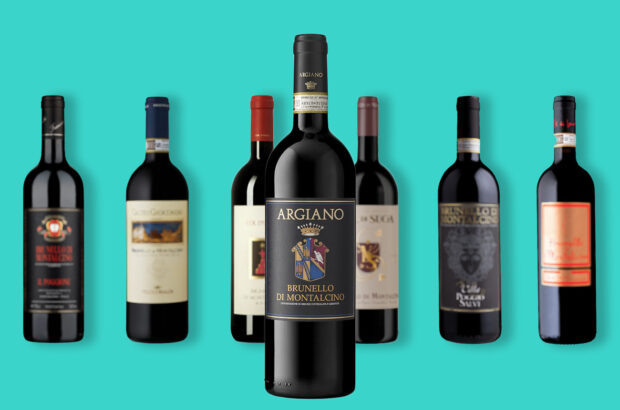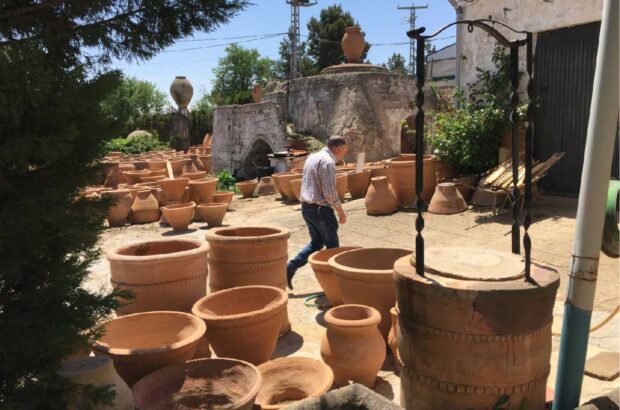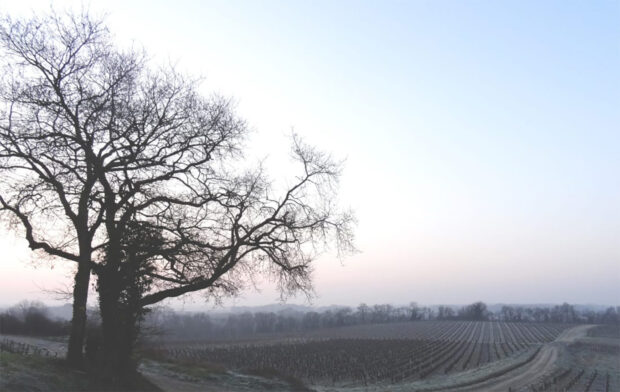Mention Savoie and Haute-Savoie to even the most ardent of Francophile wine drinkers and the chances are that you’ll be met with either blank looks or enthusiastic accounts of trips to the area’s fabulous ski slopes. The bottom line is that while these departements are justly famed for their ski resorts, as wine-producing regions they’re virtually unknown. As far as most skiers are concerned, wine is something you heat up with spices to create a warming apres-ski tipple.
However, as the locals well know, Savoie and Haute-Savoie are home to four different appellations contrôlées: Vin de Savoie, Roussette de Savoie, Seyssel for its sparkling wines, and Crépy. To make things slightly complicated, the more predominant of these, Vin de Savoie – which spans from the shores of Lake Geneva to beyond Chambéry – can be followed by the name of one of 16 crus, usually just the name of the village where the wine is produced. The same is true for the white Roussette de Savoie, made from the grape of the same name, which has four separate crus. Given such complexity in this small and little-known wine region, it is not surprising that just one of the wines, Apremont, seems to have become synonymous for them all. Apremont is just one cru and is often a thin wine boosted by too much residual sugar, and usually reserved for making fondue. This is much to the regret of Christophe Richel of Saint Baldoph, near Chambéry, who makes his Apremont from 80-year old Jacquère vines and who goes easy on the sugar to maintain a certain crispness. Jacquère, the most common of Savoie’s white grapes, is the variety behind fresh, light wines, excellent thirst-quenchers and perfect counterparts to the heavy cheese dishes of the Savoie region.
Wine travel: France
Jongieux
Jongieux, a recent arrival among the crus of Vin de Savoie, lies west of the Lac du Bourget, over the mountain from the Royal Abbey of Hautecombe. Scattered over the south-west facing chalky slopes, the vines vie for space with cattle and maize in a region where most farms were in polyculture until recently. Sylvain Chevallier, an enthusiastic young winemaker, produces a Jongieux blanc entirely from Jacquère with a fresh, flowery nose and lively acidity. None of his whites undergo a secondary malolactic fermentation – he feels this rids the wine of its character. The estate extends to 9.5 hectares (ha) and is the only one where grapes are harvested almost entirely by machine. With the vines situated within close reach of the cellars, Chevallier doesn’t consider this detrimental to quality; you have to ‘adapt the vine to the machine’, he says. Chevallier has 1.5ha in the Marestel cru of Roussette. Made exclusively from the Roussette variety, this is a fuller more perfumed wine than Jacquère, with peach and pear aromas, and a longer finish.
Eugène Carrel believes that this is what Jongieux does best. He took over the family farm in 1968, deciding to specialise in viticulture, and he now has his son and son-in-law working with him on the 18ha estate. ‘We have top terroir for Roussette,’ he says proudly; and indeed his Jongieux and Marestel are very good, although his best wines are without doubt his reds. Carrel produces reds from three grape varieties, the well-travelled Pinot Noir and Gamay, and the more homely Mondeuse. His Gamay and Mondeuse vines are all around 60 years old and the wines are dense with good fruit and tannins. Mondeuse is frequently compared to Tannat of Madiran fame, because of its deep red colour, chewy finish and the fact that it can also be harsh without careful vinification. Along with Jacquère, it is among the latest ripening of the grapes used in Savoie and has a tendency to over-produce, so serious winemakers believe green harvesting to be indispensable.
Michel Quenard, like Carrel, destalks his Mondeuse before pressing to avoid the green tartness that, he says, ‘only the older locals really appreciate’. Quenard is at the head of a 20ha family estate on the Côteau de Torméry in Chignin, a few minutes drive from the A41 motorway south of Chambéry.
Torméry
Torméry has been reputed for quality wine production since the 15th century and the steep and stoney south-east facing terraces are perfect for the white Bergeron grape variety. This is the local name for Roussanne, more commonly found in Northern Rhône and allowed in only three villages in Savoie, of which Chignin is the best known. On these sunny terraces, the grape has no problem reaching 13% potential alcohol content with production volumes of 65 hectolitres per ha.
The Bergeron grapes here are picked in several tries, when slightly over-ripe. All the musts are then fermented using only the natural yeasts of the grapes. Quenard believes this is crucial in maintaining the typicity of the variety: highly perfumed, evoking apricots and tropical fruit after a couple of years in bottle, with a full yet delicate palate. He eschews secondary fermentation for his whites, but at the same time is experimenting with 250-litre oak casks, which seem to speed the evolution of the wine without imparting too heavy an oak flavour. In Fréterive, further east towards Albertville, G et G Bouvet is also trying out various vinification techniques on its Chignin-Bergeron, including 12-hour skin contact. The results are promising, producing full-flavoured wines with powerful aromas and good length.
In all, the Bouvets produce some 20 different wines, including some very good Mondeuse and a Roussette from the Monterminod cru. Sold as Château Monterminod, the estate has monopoly control over this cru, just as Château de Ripaille of Thonon-les-Bains, further north in neighbouring Haute-Savoie, has sole right over the cru Vin de Savoie – Ripaille.
Ripaille and Crépy
Ripaille, like all white wines from Haute-Savoie produced on the slopes leading up from Lake Geneva, is made from Chasselas, the Fendant grape of nearby Switzerland. Chasselas is a grape you’re more likely to eat than drink, but in general it produces floral wines, the perfect partner for freshwater fish. Crépy is a similar wine. It has had an appellation all to itself since 1948 and is produced above the town of Douvaine, in the villages of Loisin and Ballaison. It’s a dry white that is raised on its lees and so is slightly perlant with a fresh nose reminiscent of white flowers.
With about 75ha in production, Crépy is three times the size of the small Marin cru, near the spa town of Evian. Marin is worth visiting, if only for the magnificent view over the lake to Lausanne and into the Swiss Jura mountains. Claude Delalex and his son Samuel are the only producers to live exclusively from their vines in the tiny hamlet of Marinel. Claude has recently retired but continues to work and doesn’t feel at all outmoded by the arrival of a pneumatic press and stainless steel vats, some of which he built himself. Their Clos du Pont wine is made from the grapes of very old Chasselas vines grown on a secluded gravelly plot which is always vinified separately. It’s a delicious wine with crisp acidity – well worth trying. What better reason to start your holiday off-piste?












